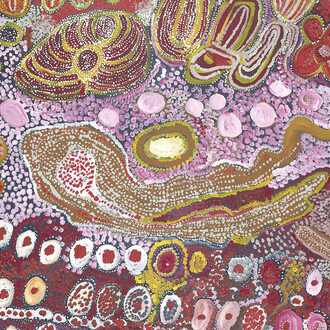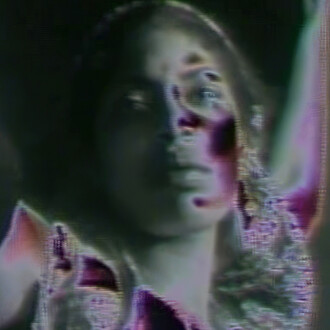Camille Corot is best known as the great master of landscape painting in the 19th century who bridged the French neoclassical tradition with the impressionist movement of the 1870s. His figure paintings constitute a much smaller, less well-known portion of his work, but they appeared throughout his prolific fifty-year career, with particular force toward the end.
Rarely seen outside his studio during his lifetime, these works made an impact on later nineteenth- and early twentieth-century modernist artists who copied or borrowed from them, such as Paul Cézanne, Pablo Picasso, and Georges Braque. Dressed in rustic Italian costume or stretched nude on a grassy plain, Corot’s women read, dream, and gaze directly at the viewer, conveying a sense of their inner lives. His sophisticated use of color and his deft, delicate touch applied to the female form resulted in pictures of quiet majesty. The forty-five paintings on display, created between the mid-1830s and the early 1870s, are largely divided into three major subjects: costumed single figures, nudes, and allegorical studio scenes.
The exhibition is curated by Mary Morton, curator and head of the department of French paintings, National Gallery of Art.
















